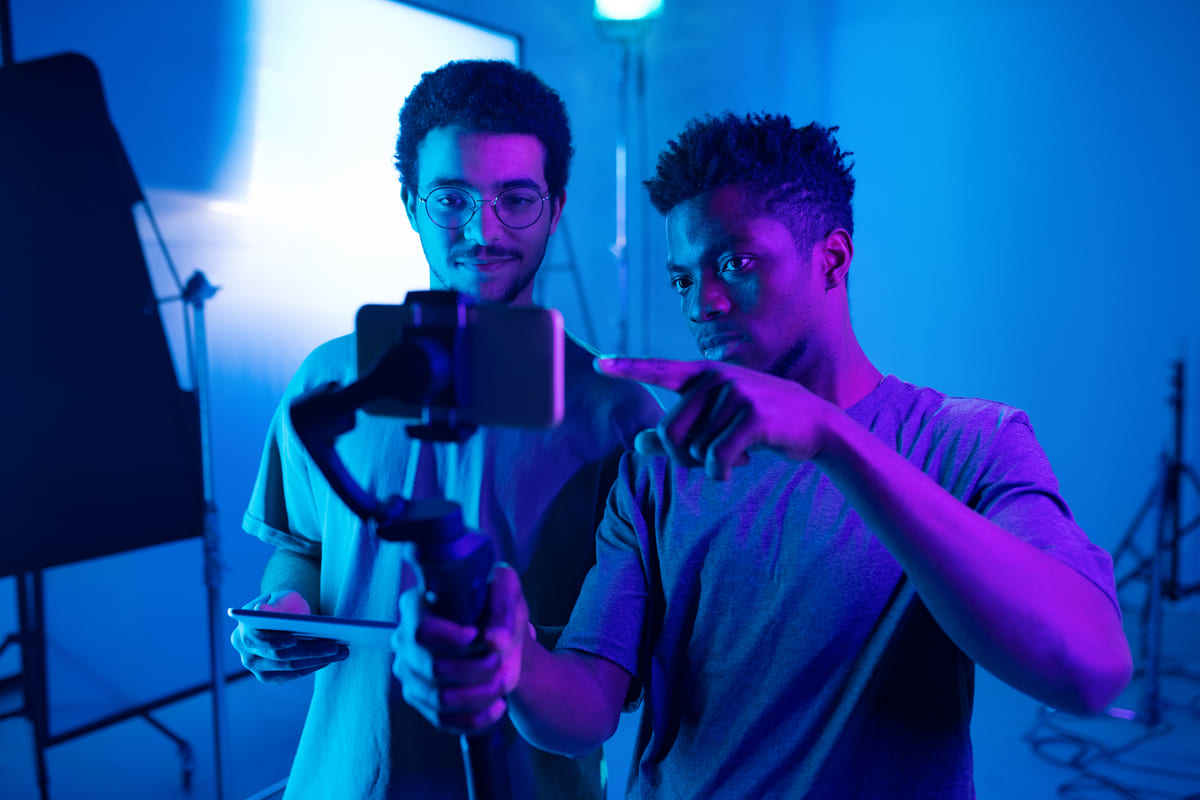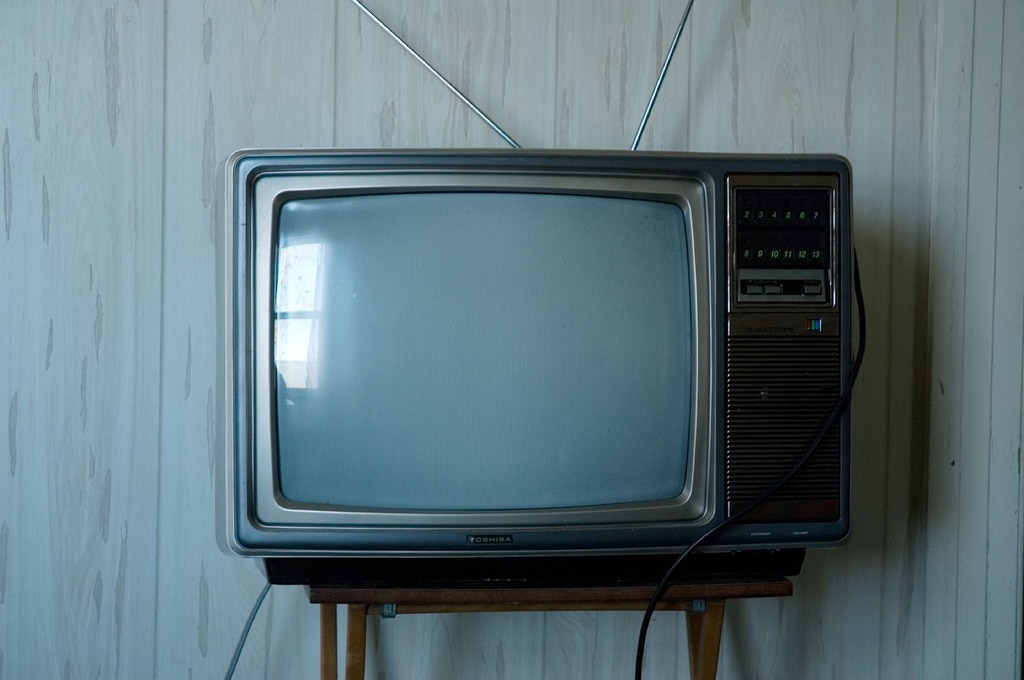At which stage the DoP comes into the production largely depends on the scale. In a feature film or a commercial, the DoP will be there usually from the start, liaising with the director about styles, themes and set design. As the scale gets smaller, it tends not to be quite a priority (usually down to more restrictive budgeting).
Every director who has worked on a reasonable sized film or video production will have a preferred DoP (sometimes more than one) to work with. The reasons for having a preferred choice are many fold. Firstly the DoP will have a good understanding of how the director works and the director will appreciate the DoP’s sense of visual style. It is vitally important for the director to have a DoP that they can trust, so the important visual style of the video will be taken care of and the director can spend time with their actors or other elements of the production.
The DoP will talk to with the director about all elements of visual style, from camera set ups, lighting, camera movement and angles. The DoP usually has a good working relationship with the set designer to create visual spaces that are pleasing to the audience.
The DoP’s influence on the production can also depend on the director’s technical experience. When Kenneth Branagh graduated from the stage to the screen, he was very adept at directing actors, but had very little technical prowess. His DoP took control of almost every technical aspect of the filming, even down to deciding whether to have wide, mid or tight shots of particular scenes. As Ken has become more experienced in the art form, he has taken on more of the reigns by himself.
A good DoP will also bring their team of camera assistants etc (which depend a lot on the size of production. The camera crew is a tight knit one and trust is paramount, because a lot can go wrong and usually does if the member isn’t up to scratch.
Camera operator
On a larger production, the camera operator’s role is actually handing the camera. It is rare on a feature for a DoP to take control of the camera itself. In smaller productions and corporate videos, it is much more normal for the camera operator role (and sometimes assistant) to be amalgamated into the DoP.
Grip
The grip is the member of the crew who is in charge of camera movement. Again, this tends to be on larger scale productions where lots of toys are available. Firstly the grip will set up the camera on a tripod then concern him/herself with instructions from the DoP like camera movement. For a tracking shot, the grip will need to assemble a track on the ground, which a dolly will be attached too. For a shot where the camera seems to leap in the air, the grip will have build a jib and when a bird’s eye view is needed – a cherry picker crane will be employed.
Camera assistant
A camera assistant role will depend, again on the size of production. On a relatively small production, the assistant will act as the number 2 for a DoP, logging tapes, pulling focus, holding polly boards and generally taking care of pretty much anything the DoP can’t take care of. As the production gets bigger, as does the camera crew and the assistant will find that there are other members of the team who take care of the more specialised roles and the assistant will usually just be doing the menial tasks and making the tea.



